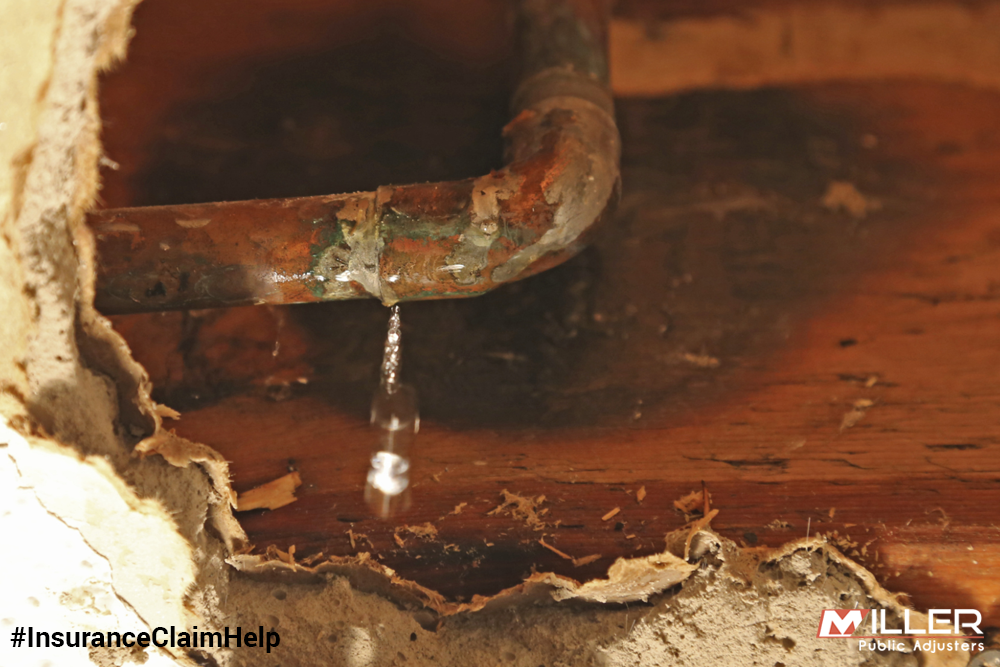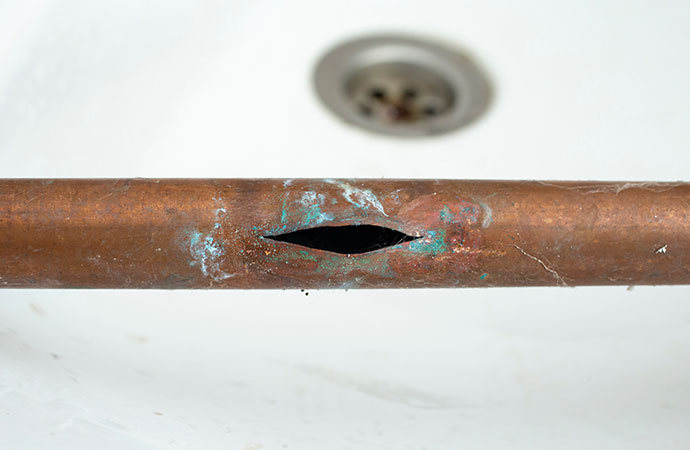How to Quickly Spot and Fix a Burst Pipe Problem
How to Quickly Spot and Fix a Burst Pipe Problem
Blog Article
Are you trying to find help and advice concerning How to Install and Connect a New Dishwasher?

A burst pipe is a major emergency; you can only stand as you enjoy water you pay a lot to reunite with the planet. In even worse instances, you notice a pool on your cooking area flooring, which is a terrific trip risk, particularly if you have youngsters around. If the pipe that burst was in your walls, trouble: you may require to paint that entire area.
Exactly how can a catastrophe like a burst pipe be avoided and taken care of? Well, by paying attention to your expert emergency plumbing technicians and also complying with these guidelines.
How do I recognize when my pipelines have ruptured?
Fluctuating water pressures
Pipelines do not just burst in a day. You may have discovered that your kitchen area tap or shower does not run instantly when you transform the faucet. It may stop briefly for a few seconds and after that blast you with even more force than typical.
In other circumstances, the water might appear regular initially, then drop in pressure after a couple of secs.
Infected water
Many people assume a ruptured pipe is a one-way electrical outlet. Rather the contrary. As water flows out of the hole or wound in your plumbing system, pollutants find their method.
Your water might be infected from the source, so if you can, check if your water storage tank has any issues. However, if your drinking water is provided and cleansed by the city government, you need to call your plumber quickly if you see or smell anything amusing in your water.
Puddles under pipelines and sinks
When a pipe bursts, the discharge creates a pool. It may appear that the puddle is expanding in size, and also regardless of the number of times you mop the pool, in a few mins, there's another one waiting to be cleansed. Usually, you might not be able to trace the pool to any type of noticeable pipelines. This is a sign to call an expert plumber.
Damp wall surfaces and also water spots
Prior to a pipeline ruptureds, it will leak, a lot of times. If this consistent dripping goes unnoticed, the leak might graduate right into a wide gouge in your pipeline. One very easy method to avoid this emergency is to keep an eye out for damp wall surfaces ad water spots. These water discolorations will certainly lead you right to the leak.
Untraceable trickling sounds
Pipe bursts can happen in one of the most unpleasant locations, like within concrete, inside walls, or under sinks. When the house goes quiet, you might be able to listen to an aggravatingly persistent dripping sound. Also after you've checked your shower head and also cooking area tap, the dripping may continue.
Beloved reader, the trickling may be originating from a pipeline inside your walls. There isn't much you can do about that, other than inform a professional plumber.
Turn up the Warm
Establish fans to blow warmth right into cold rooms. Keep the garage door closed. If you have lowered water circulation, heat the most susceptible pipes (usually in basements and also crawl spaces or near exterior walls) with a hair dryer. Leave the faucet on while you use warm. As you melt ice, the circulation will certainly enhance. To stop pipes from freezing, protect your wall surfaces.
Begin Getting Rid of the Water
Order the wipe, containers as well as a store vacuum cleaner to begin to get rid of the water because you absolutely don't want it soaking into whatever else in your home. And also, a fast clean up will certainly decrease the possibilities of something getting moldy.
What do I do when I identify a ruptured pipe?
Your water meter will remain to run also while your water wastes. To decrease your losses, discover the main controls and also turn the supply off. The water pipe are an above-ground structure beside your residential or commercial property.
How to Fix & Detect a Leaking Pipe
How Do I Know if a Pipe is Leaking?
Leak detection tests can help you determine if your pipe has a leak. Even if you don’t see an apparent leak, you should still conduct leak detection tests regularly to save water and money—and prevent major damage to your home.
Water meter. It can be helpful to figure out what your usual water meter usage numbers are and then monitor them regularly. To monitor your meter, first, turn off all water faucets in your home. Check the meter and write down the numbers. In a few hours, check the meter again. If the numbers have changed, you have a leak. Water gauge. Use a water gauge to test your water pressure. Your showerhead should produce a certain amount of water pressure based on its model and design. If the pressure is lower than it is supposed to be for that specific showerhead, your home likely has a leak. Puddles. Look inside your bathroom, laundry, and kitchen sink cabinets. Puddles around the cabinets or around toilets, tubs, showers, and washing machines indicate the presence of a leaking pipe. You may also notice loose tiles, peeling or flaking paint, or mold caused by water accumulation. Napkin test. Even if you don’t see any puddles, you may still have a leak. You can test for water leaks in the bathroom, laundry, and kitchen by wiping below-sink connections with a napkin, paper towel, or piece of toilet paper. If it becomes damp, you probably have a leaking pipe under the sink. Discolored walls. Walls that are discolored—usually with brown or yellow stains—or bulging might mean that they have been impacted by water damage caused by a leaking pipe. Smell. A leaky pipe will create sitting water, and over time, that water may develop a musty smell. If your home smells musty, but you can’t locate the source, it may be due to a leak. Steps for Fixing a Leaking Pipe
A leaky drain can be remedied by tightening the pipe base, replacing the drain seal, caulking the rim, and tightening the pipe nut. Similarly, a leaking toilet pipe can be treated by tightening the packing nut. You may also need to replace the valve. A leaky faucet may just need tightening or replacement of the washers. If that doesn’t work, consider replacing your faucet. If your pipe has a hole in it, you may want to use a pipe leak sealer or pipe leak tape. This quick fix for water pipe leaks can also temporarily fix a copper pipe leak. https://www.ahs.com/home-matters/quick-tips/how-to-tell-if-pipes-are-leaking/

I ran across that content on What to Know Before Installing a Dishwasher when doing a lookup on the web. Do you know about somebody who is inquisitive about the subject? Do not hesitate to promote it. Thank-you for taking the time to read it.
Ready 24/7. You? Report this page